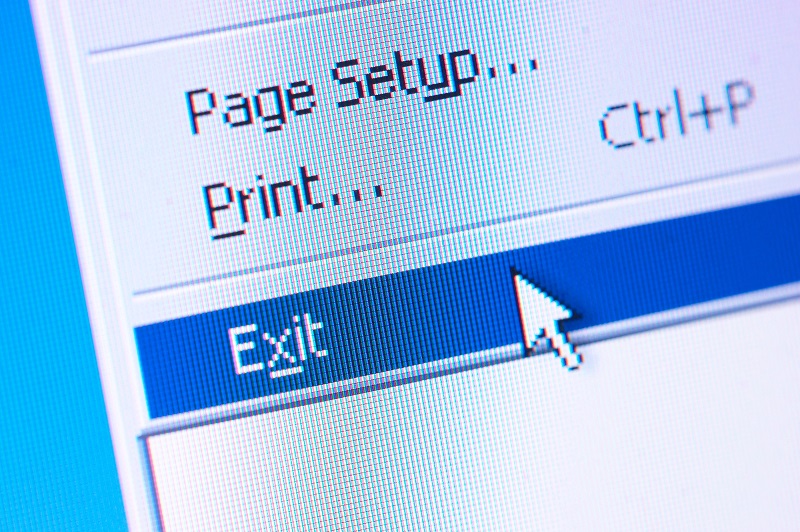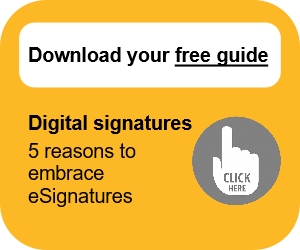E-procurement

|
'E-procurement' refers to tendering processes carried out online and through information and networking systems. It can be a highly-effective way of managing complex supply chains with multiple tiers of suppliers.
Very broadly, e-procurement might include:
- E-informing: the process of gathering and distributing procurement information both from and to internal and external parties.
- E-tendering: the process of tendering using online technology.
- E-auctioning: web-based software that allows potential suppliers to compete online, in real time, to provide prices for the goods/services under auction.
- Vendor management: an application that acts as a mechanism for business to manage and procure staffing services.
- Catalogue management: the process of suppliers enabling product content to be made available to buying organisations in order for them to procure goods electronically.
- Order status: the ability to track orders online until delivery.
- Advance ship notice: notification of pending deliveries.
- E-invoicing: exchange of the invoice document between a supplier and a buyer in an integrated electronic format.
- E-payment: the e-payment system facilitates the acceptance of electronic payment for online transactions.
E-procurement software automates procurement-related functions, procedures and processes, reducing the need for paper-based and human processes. E-procurement platforms can usually be customised according to the needs of the user, often with accessibility through smartphones and tablet devices. It frees up an organisation’s procurement teams from low-value tasks, allowing them to focus on higher-value activities such as contract negotiation.
There are several potential challenges for an organisation implementing e-procurement. These involve considerations such as the installation and integration of software with other enterprise systems, training requirements, and liaising with suppliers to ensure a successful transition to the new system. However, there are some significant benefits that can be achieved. These include:
- Lower transactional costs.
- Better reporting through automation.
- Pre-qualification questionnaires (PQQ) can be dispatched and responses automatically evaluated.
- Tender-cycle times can be reduced.
- The whole tender process can be scheduled, with milestones automatically managed and participants alerted.
- E-evaluation can appraise and give different weightings to bids automatically.
- The system can be extended to handle routine clerical procedures after contract award, such as invoicing and payments.
- There can be simpler contract management as all documents can be stored centrally.
- Because of the ease of contacting, more suppliers can be invited to tender, meaning there is greater competition.
- Integrated data solutions allow for accurate cost estimates and a source of accurate costing data in a direct feedback loop from the tender process.
- Substantial reductions can be made in paper and energy use.
- It can lead to closer, more structured communication and cooperation with supply-chain partners.
- It streamlines change management as requirements are properly documented.
- It increases accountability by formalising and documenting the tender process, and creating audit trails.
[edit] Related articles on Designing Buildings
- Automated vendor selection.
- Bidder.
- Bill of quantities software.
- Commercial management.
- Computers in construction tendering.
- Connected procurement.
- E-auction.
- Electronic auctions under the Single Procurement Document (Scotland).
- ESignatures.
- E-sourcing.
- ESPD and the decline of the PQQ.
- Invitation to tender.
- Managing the procurement process.
- Microsoft Project - software for project management.
- Procurement route.
- Reverse auction.
- RFx.
- Source to pay software S2P.
- Supply chain management.
- Supply chains in construction.
- The benefits of e-procurement in construction.
- Tender documentation.
Featured articles and news
From studies, to books to a new project, with founder Emma Walshaw.
Types of drawings for building design
Still one of the most popular articles the A-Z of drawings.
Who, or What Does the Building Safety Act Apply To?
From compliance to competence in brief.
The remarkable story of a Highland architect.
Commissioning Responsibilities Framework BG 88/2025
BSRIA guidance on establishing clear roles and responsibilities for commissioning tasks.
An architectural movement to love or hate.
Don’t take British stone for granted
It won’t survive on supplying the heritage sector alone.
The Constructing Excellence Value Toolkit
Driving value-based decision making in construction.
Meet CIOB event in Northern Ireland
Inspiring the next generation of construction talent.
Reasons for using MVHR systems
6 reasons for a whole-house approach to ventilation.
Supplementary Planning Documents, a reminder
As used by the City of London to introduce a Retrofit first policy.
The what, how, why and when of deposit return schemes
Circular economy steps for plastic bottles and cans in England and Northern Ireland draws.
Join forces and share Building Safety knowledge in 2025
Why and how to contribute to the Building Safety Wiki.
Reporting on Payment Practices and Performance Regs
Approved amendment coming into effect 1 March 2025.
A new CIOB TIS on discharging CDM 2015 duties
Practical steps that can be undertaken in the Management of Contractors to discharge the relevant CDM 2015 duties.
Planning for homes by transport hubs
Next steps for infrastructure following the updated NPPF.























